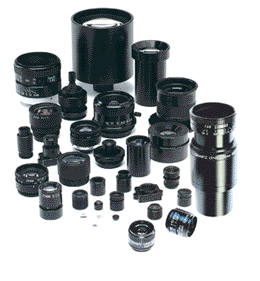High resolution lenses for machine vision — standard and custom lens design
Differences Between Low Light And No-Light Camera Technology
High Resolution Lenses for machine vision, instrumentation, inspection and vibration-sensitive applications. Standard and custom hi-res lens assemblies.

Low light cameras
Video surveillance cameras are constructed in myriad different designs for use in many different settings. The most common surveillance cameras operate in either low-light or infrared (IR) settings. An infrared camera can detect heat differences from objects such as vehicles or the heat emitting from humans or animals. Low light cameras can capture images in low light settings such as starlight or other faint light sources.
To operate correctly, a low light camera requires the presence of visible light in order to capture the image. The low light camera will “pull in” the ambient light and magnify it enough to capture an image. An infrared camera is sensitive to invisible light and can capture wavelengths longer than 750 nanometers. Objects that are warmer than the background environment can be captured by the IR camera technology.
In a setting with normal light, a low light camera will be working on overload and will project blurred images as it functions best in nighttime settings. An IR camera will lose clarity if it senses its own heat; because of this IR cameras are typically cooled to cryogenic temperatures.
A scene can be invisibly illuminated through the use of infrared lighting and this makes it easier for an IR camera to view a larger area. Attempting this method with a low light camera not only illuminates the area, where the camera is placed, but it negatively impacts the effectiveness of the camera itself.
Universe provides standard and custom lens assemblies for scanners, CCTV, CCD/CMOS, medical imaging, surveillance systems, machine vision and night vision systems.